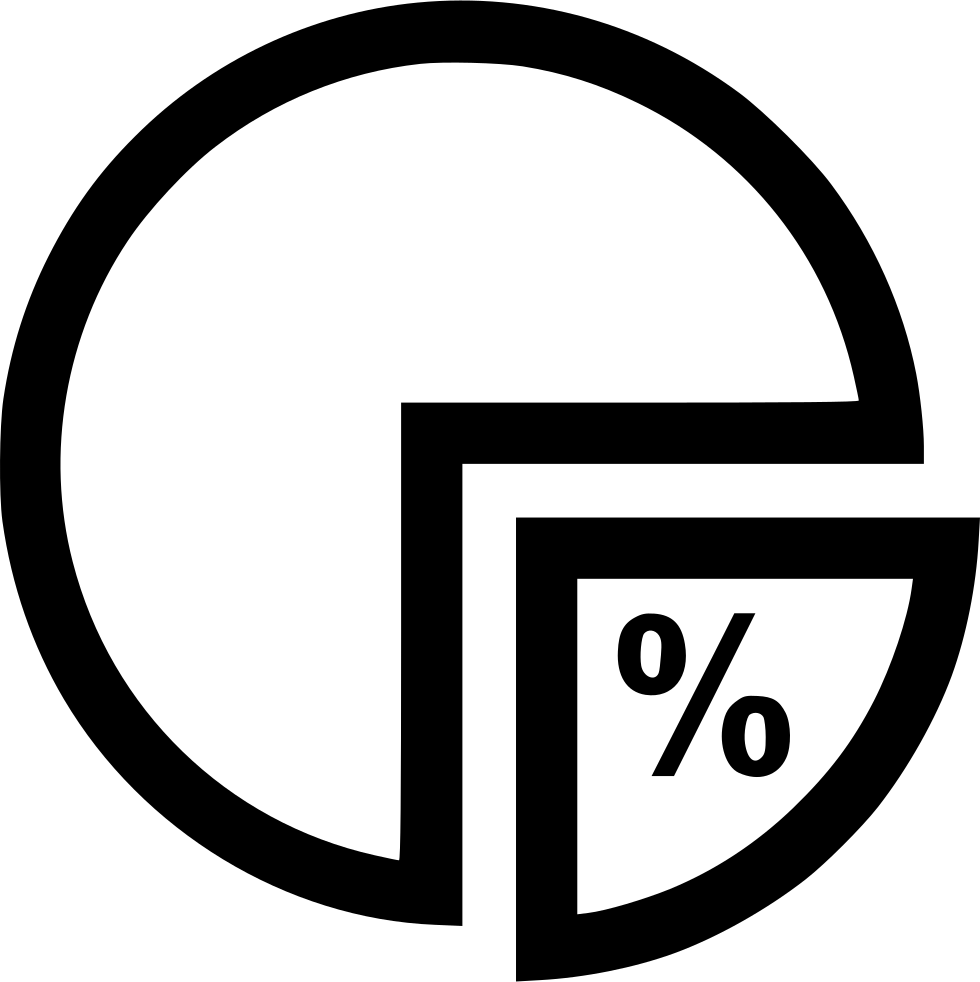Many advertisers overlook the power of contesting when they are building their lead generation strategy. According to Hubspot, 34% of all new leads are acquired through contesting. But there is still hesitation. Some of the objections we hear are “I don’t want to cheapen the value of my product by giving it away” or “How do I know the emails I get will be the right prospects?”
Below we will explore the rules that we find govern successful contests and back them up with a real-life case study that demonstrates the value of contesting to businesses of all kinds.

Rule #1 – It’s all about the prize
Some advertisers hold the belief that giving away their product for free diminishes the value. We’d encourage those individuals to think about if they have ever seen a car giveaway? Does that make them think less of Toyota or Chevy? Of course not. Giveaways are part of the marketing budget and have been for a long time. In fact, promotions have seen explosive growth over the last few years as businesses pivot to digital channels and need the attribution that promotions (i.e. – data collection) can provide. Additionally, the retail value of the prize is actually what is going to get you more engagement.

Rule #2 – Qualify Your Leads
Another question we get from advertisers is how they can be confident that the data they collect will be actionable. The benefit of contesting is that advertisers can include lead qualifying questions so they can prioritize follow up with those warmer leads and continue to message the less qualified ones over time with email, direct mail or social. For example, if you’re a roofing company and you’re giving away a new roof to one lucky winner. That’s an attractive prize and you’ll get a lot of entries. But you also want to make sure that the leads you capture are homeowners and maybe are thinking of getting a new roof in the next 6 months. Including both of those qualifying questions in the registration form will allow you to quickly follow up with those people and capture those commitments while you’re still top of mind.

Rule #3 – Do the math
A lot of advertisers wonder if a contesting campaign is worth the investment we propose. The answer is, that depends. What is the minimum ROI you would need to achieve to consider the campaign a success? If we propose a $10K campaign, and you’re looking for at least a 3x ROI, then let’s do some math. Scenario: A roofer wants to run a sweepstakes giving away a new roof. They want solid leads to follow up with. A new roof averages to about $9,500 in their market. Our $10K media package includes 250,000 impressions across digital channels like social, email and display. A reasonable click through rate is 0.05%. Of those clicks, you can expect 40-50% to complete the sweepstakes form..05% of 250K Impressions = 12,500 clicks
35% of those clicks are entries = 4,375 contest entries
25% of those entries meet lead qualification = 1,093 qualified leads
10% of those leads ask for estimates = 109 estimates
3% of those estimates turn into customers
3 new customers at an average of $9,500 = $28,500 in new business (2.5x ROI)

Let’s take a look at a real life success story of a company’s use of a simple sweepstakes to generate leads
This solar company wanted actionable leads in their market and decided a sweepstakes with a valuable prize had the reach and appeal to interest local homeowners. But they only wanted homeowners as leads!
While sweepstakes law precludes them from only allowing homeowners to enter, they asked those qualifying questions on the registration form which identified the best prospects to follow up with.
As a result of this campaign, a $20K investment, they generated over 1600 leads and over $1 million in revenue.
Valuable Prize + Lead Qualification + Attribution = Maximum ROI

